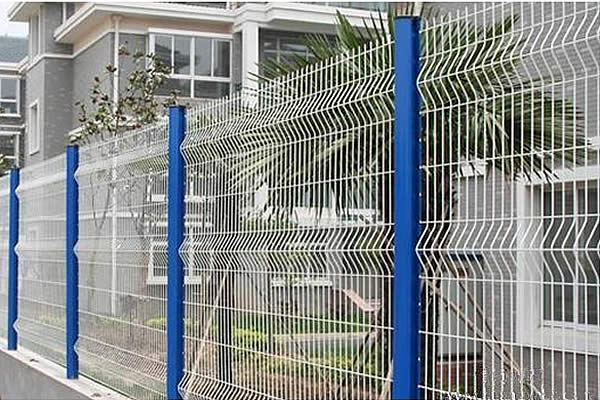The allure of gabion walls lies in their unique blend of aesthetic appeal, durability, and environmental friendliness. Constructed from earth-filled wire cages, these adaptable barriers serve both as functional retaining walls and striking landscape features. As an experienced landscape architect and gabion wall specialist, I have constructed numerous gabion walls for various applications. Here, I share profound insights and step-by-step guidance to mastering the art of gabion wall creation that is unrivaled online.

Understanding the Essentials of Gabion Walls
Gabion walls are structures built from wire mesh cages filled with stones or other inert materials. The choice of filler material is paramount for both aesthetics and functionality. River rocks, for instance, provide a smooth and uniform appearance, while angular stones offer more varied textures. The prominence of gabion walls owes to their ability to blend harmoniously with the surroundings, allowing for versatile designs, from rustic to modern.

Expertise in Choosing Materials
Choosing high-quality materials is fundamental in constructing a long-lasting gabion wall. The wire mesh, typically made from galvanized or PVC-coated steel, must resist corrosion and withstand environmental pressures. The choice between welded wire mesh and woven wire mesh is dictated by the specific needs of your project—welded mesh often suits more structured designs, whereas woven mesh allows for more flexibility.
Step-by-Step Construction Process
1. Site Assessment and Preparation Begin with a comprehensive site assessment. If your wall aims to retain soil, a proper geotechnical analysis is necessary to ensure safe and effective soil retention. Ensure the foundation is solid and level. This step could involve the excavation of a trench—generally 10% of the wall height.
2. Laying the Foundation For walls taller than 3 feet, consider reinforcing the foundation with compacted gravel or concrete. This support is crucial in preventing future sagging or collapse, particularly in areas with loose soil or significant rainfall.
3. Assembling the Gabion Cages Assemble the cages on the prepared base. Ensure sturdy connections using spiral binders, locking pins, or lacing wire for resilience against shifting stones and external pressure. Double-check for triangular bracings to prevent bulging.
4. Filling the Gabion Cages Carefully load the cages with selected stones, ensuring they are tightly packed to minimize gaps. This packing is crucial as it helps the structure withstand external forces. For aesthetic appeal, face the outer surface of the walls with hand-placed stones.
5. Layering and Stacking If additional height is required, stack additional layers following the same meticulous process. The upper sections should be slightly narrower to promote stability.
gabion wall how to
6. Final Adjustments Once construction is complete, inspect the wall for any visible irregularities or weaknesses. Adjust as necessary to ensure uniformity and structural integrity.
Addressing Environmental Considerations
Gabion walls are inherently eco-friendly structures. They allow water to pass through, reducing flood risks and minimizing the need for additional drainage systems. The void spaces can support plant growth, contributing to biodiversity. Incorporating vegetation can soften the appearance and enhance integration with the natural landscape.
Maintenance and Longevity
While gabion walls require minimal maintenance, periodic inspections safeguard their longevity. Look for signs of rust, especially at connections, and replace any damaged wire promptly. Refill gaps with stones to maintain structural integrity.
Gabion Walls as a Creative Element
Beyond practicality, gabion walls serve as dynamic design elements. Use them creatively for planters, benches, or decorative garden partitions. Their adaptability to diverse environments makes them popular in commercial settings, urban gardens, and even interior designs.
Trust in Expert Guidance
Mastering gabion wall construction necessitates not just theoretical knowledge, but also hands-on expertise. Trust in expert guidance and experience to achieve a functional and artistic gabion installation that stands the test of time. By sharing these insights, I aim to empower professionals and DIY enthusiasts alike to explore innovative uses of gabion technology while maintaining adherence to quality and safety standards.
Conclusively, with the right blend of material selection, construction technique, and maintenance, gabion walls prove to be sustainable and visually appealing solutions. They are not just structures but powerful statements in modern landscaping that blend nature with architecture harmoniously.
 TEL:
+86-13102802206
TEL:
+86-13102802206
 Email:
fencenetting@china.com
Email:
fencenetting@china.com
 Language
Language
 TEL:
+86-13102802206
TEL:
+86-13102802206
 Email:
fencenetting@china.com
Email:
fencenetting@china.com
 Language
Language



